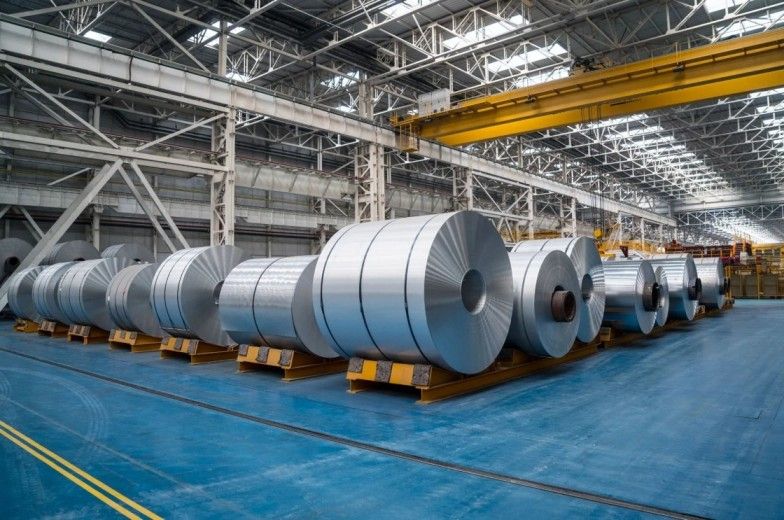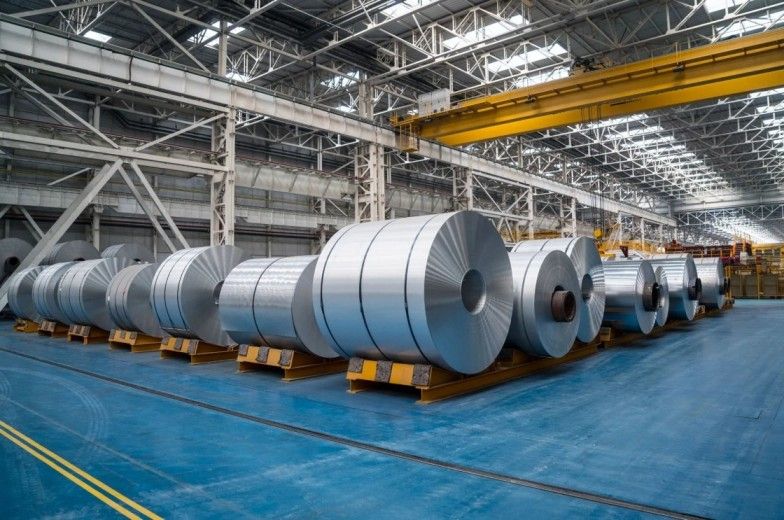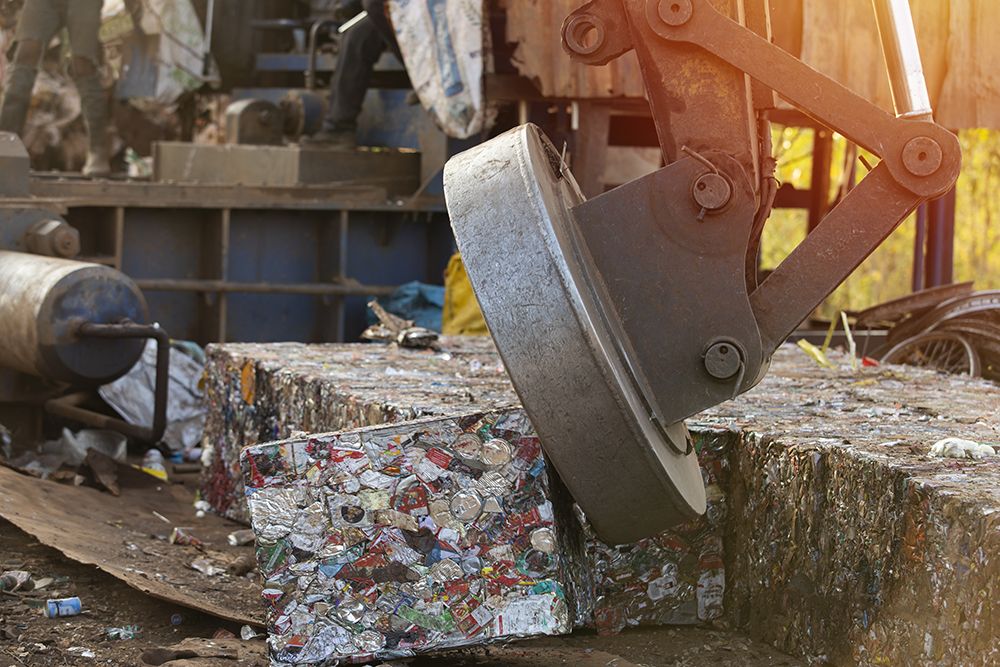Discover Aluminium Manufacturing: Essential Knowledge, Facts, and Learning Resources
Aluminium manufacturing is the process of extracting, refining, and shaping aluminium into useful forms for industries and daily life. Aluminium is one of the most abundant metals in the Earth’s crust, making up around 8% of its composition. Its lightweight, corrosion-resistant, and durable nature makes it valuable in construction, transportation, packaging, electronics, and renewable energy.
The process of aluminium manufacturing begins with bauxite mining. Bauxite ore contains alumina (aluminium oxide), which is separated through the Bayer process. This alumina is then converted into pure aluminium using electrolysis in what is known as the Hall–Héroult process. From there, aluminium can be rolled, extruded, cast, or alloyed depending on its intended use.

The development of aluminium manufacturing exists because modern society requires lightweight and strong materials that reduce energy use, enhance sustainability, and perform well in demanding environments.
Why aluminium manufacturing matters
Aluminium plays a central role in global industries. Its importance can be explained in several ways:
-
Transportation efficiency – Vehicles, trains, and airplanes use aluminium components to reduce weight, improve fuel efficiency, and support sustainability goals.
-
Renewable energy growth – Solar panels, wind turbines, and power grids depend on aluminium for its conductivity and durability.
-
Packaging and recycling – Aluminium is infinitely recyclable without losing quality, making it critical for sustainable packaging solutions.
-
Construction and infrastructure – Skyscrapers, bridges, and modern housing projects rely on aluminium for structural strength and design flexibility.
The topic matters because aluminium contributes to reducing carbon emissions, supporting green technology, and providing essential materials for rapidly growing economies. It affects manufacturers, engineers, architects, policymakers, researchers, and everyday consumers.
Recent updates in aluminium manufacturing
The aluminium industry has seen notable developments in the past year. Some of the most relevant updates include:
-
Decarbonization efforts (2024–2025) – Global producers are investing in low-carbon smelting technology. For example, inert anode technology is being tested in Europe and North America to cut greenhouse gas emissions.
-
India’s aluminium sector expansion (2024) – India is now one of the largest producers, with capacity expansions aimed at meeting demand in renewable energy and electric vehicles.
-
China’s production adjustments (2025) – China, the largest aluminium producer, is shifting capacity from coal-powered smelters in Inner Mongolia to hydropower-rich regions like Yunnan to reduce emissions.
-
Automotive demand surge (2025) – The electric vehicle market continues to drive demand for lightweight aluminium alloys, especially in battery enclosures and chassis design.
These updates highlight how aluminium is evolving to meet sustainability goals and adapt to energy transitions worldwide.
Regulations, laws, and policies shaping aluminium manufacturing
Aluminium production is closely tied to environmental policies and trade regulations. Some examples include:
-
Environmental standards – Many countries impose strict limits on carbon emissions and energy consumption in smelting processes. The European Union’s Carbon Border Adjustment Mechanism (CBAM), effective from 2023–2026, directly impacts aluminium imports.
-
Energy policies – Since aluminium smelting requires large amounts of electricity, government policies on renewable energy adoption influence production costs and sustainability outcomes.
-
Waste and recycling rules – Governments encourage aluminium recycling through circular economy policies. For instance, the U.S. Environmental Protection Agency (EPA) supports programmes to improve metal recycling efficiency.
-
Trade and tariffs – International aluminium trade is affected by tariffs and anti-dumping duties, particularly between the U.S., China, and the European Union. These policies aim to maintain fair competition in global markets.
Regulations ensure that aluminium manufacturing adapts to environmental responsibilities while meeting industrial demand.
Useful tools and resources for learning
Individuals and professionals seeking more knowledge about aluminium manufacturing can access several educational tools and references:
-
World Aluminium (world-aluminium.org) – Provides global data, reports, and sustainability research.
-
US Geological Survey (usgs.gov) – Offers statistics on aluminium production, reserves, and usage trends.
-
International Aluminium Institute (iai.org) – Shares resources on recycling, energy use, and environmental impact.
-
Aluminium Recycling Calculator – Tools available online help calculate recycling savings in energy and emissions.
-
Industry journals and reports – Publications like Aluminium International Today give insights into new technologies and market changes.
These resources can guide learners, students, and researchers in exploring both the technical and social aspects of aluminium manufacturing.
Frequently asked questions
What is aluminium made from?
Aluminium is primarily made from bauxite ore. The ore undergoes refining to produce alumina, which is then processed through electrolysis to create pure aluminium metal.
Why is aluminium preferred over other metals?
Aluminium is lightweight, corrosion-resistant, highly conductive, and recyclable. These properties make it more versatile than heavier or less sustainable metals like steel or copper in certain applications.
How sustainable is aluminium?
Aluminium is considered highly sustainable because it can be recycled infinitely without losing strength or quality. Recycling aluminium saves up to 95% of the energy required for primary production.
Which industries use the most aluminium?
Major industries include transportation (automotive, aerospace, shipping), construction, packaging, consumer electronics, and renewable energy infrastructure.
What are the biggest challenges in aluminium manufacturing today?
Key challenges include high energy consumption, environmental impact from smelting, fluctuating global prices, and adapting to decarbonization requirements.
Conclusion
Aluminium manufacturing is more than just a process of turning raw ore into metal. It is an essential part of modern life, driving progress in energy, transportation, construction, and technology. Recent global shifts show the industry’s commitment to sustainable practices, even as it faces challenges of energy demand and environmental responsibility.
For learners, professionals, and researchers, understanding aluminium manufacturing means gaining insight into a material that supports economies, enhances sustainability, and shapes the future of innovation. The journey of aluminium—from bauxite mines to recyclable packaging and renewable energy systems—demonstrates how one material can influence nearly every aspect of human progress.




